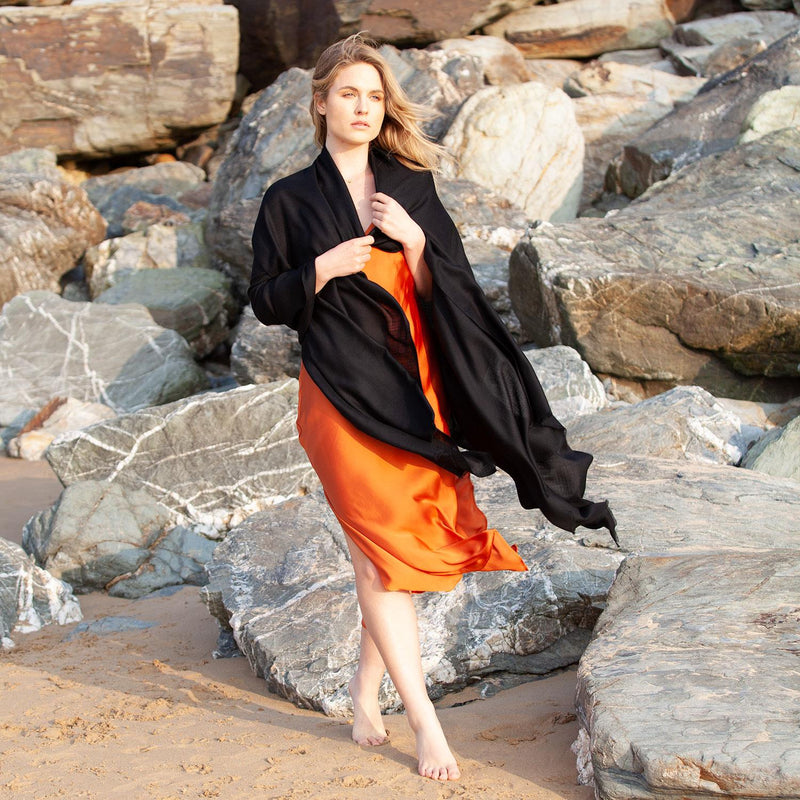Recommended Merino Wool Base Layers Blog
Wiki Article
What Are The Advantages Of Yak Merino Base Layers For Winter Sports Clothes?
Yak merino base layer are great for winter sports clothing because of their excellent performance and also due to the fact that they provide natural fiber benefits in addition to sustainable environmental impact. Biodegradable and renewable.
Both Merino and Yak are naturally-derived fibers that are derived from animals. Renewable resources are harvested sustainably without causing harm to animals. They can be biodegradable, without harming the ecosystem.
Low Environmental Impact
Natural fibers' production generally has a lower environmental impact than synthetic materials. The wool production process is less harmful to the environment than synthetic fibers since it requires less chemical processes.
Efficiency of Energy Efficiency-
The process of processing wool fibers requires less energy than synthetic fibers that are produced like nylon and polyester. Natural wool is characterized by a low energy consumption, which contributes to reduced carbon dioxide emissions.
Reducing Microplastic Pollution
Natural wool fibers do not contribute to the microplastic pollution of waterbodies like synthetic fibers.
Recyclability and Longevity
The clothing made from yak merino is typically durable, lasting a long period of time. In addition, wool fibers can be reused or recycled to reduce pollution and waste.
Sustainable Practices
Certain producers and manufacturers of wool employ sustainable and ethical practices. They take care to ensure the well-being of animals, a good land management and fair work conditions for their employees.
Environmental Certification-
The Responsible Wool Standard or the Global Organic Textile Standard are certifications that verify ethical and environmentally conscious practices in the wool production industry. They provide consumers with assurances regarding the sustainability of wool production.
In general, base layers made of yak wool merino have a minimal impact on the environment. They are produced using renewable resources, and adhere to ethical and sustainable standards throughout their supply chain. If you select natural fibers, like yak merino winter sports apparel you're supporting environmentally sustainable and sustainable practices for consumption. Read the top rated merino wool base layers examples for website examples including best merino wool base layer women's, wool long johns women's, best merino wool base layer, lightweight merino wool base layer, best merino wool base layer women's, smartwool 150 base layer, merino wool mid layer, ski underlayers, best wool base layer, smartwool mid layer and more.

What Are The Advantages To Bamboo Clothing In Terms Of Softness, Antibacterial Properties Durability, And Renewable?
Bamboo clothing offers many benefits such as the softness, antibacterial properties, and durability.
Bamboo fabric's silky smooth texture is often compared luxurious fabrics like silk or cashmere. It's smooth and smooth on the skin.
Antibacterial Properties
Bamboo has natural antimicrobial properties. Bamboo contains an antimicrobial substance known as "bamboo Kun." This property inhibits the growth of fungi and bacteria that cause odors on the fabric. It keeps the fabric fresher for longer and decreases the necessity to wash it frequently.
Durability-
Strength- Despite their softness bamboo fibers are robust and durable. Bamboo clothing is tough and can be utilized in a wide range of ways.
Renewability-
Rapid Growth - Bamboo is very renewable resource that grows quickly, without fertilisers or pesticides. It will mature within just a few years, making it readily available for sustainable harvesting and reducing the environmental impact of cultivating.
Sustainability-
The cultivation and processing typically have less environmental impact than the manufacturing of synthetic materials. Bamboo's rapid growth rate and low need for water, and its ability to grow in a variety of climates are all factors that help to sustain the use of the material.
Biodegradability-
Natural Decomposition - Bamboo clothes have biodegradable properties that is, it will decompose on its own at the end of its lifespan. This helps reduce the accumulation of non-biodegradable waste in landfills and also reduces environmental pollution.
Hypoallergenic Qualities
Reduced Skin Irritation Bamboo fabric is less likely to cause skin irritation than synthetic materials. Therefore, it is a good choice for those with sensitive skin.
Bamboo clothing appeals to those looking for ecologically friendly, comfortable and functional apparel. These characteristics create a positive feeling in wearing the clothes while also adhering to the principles of sustainability. Have a look at the best koraoutdoor.com winter clotihng for site advice including bamboo sportswear, bamboo sun hoody, shakuhachi clothes, bamboo sportswear, dixxon bamboo shirt, long sleeve bamboo t shirt, bamboo long sleeve shirt, bamboo clothing for women, carter's bamboo pajamas, bamboo material clothing and more.

What Is The Difference Between Merino And Wool Clothing?
In comparing wool traditional, merino and bamboo clothing with regard to warmth and moisture-absorption, it is crucial to consider the texture.
Merino Wool Merino Wool, also known as fine-fibered wool is well-known for its more supple texture and soft fibers. It is also considered more comfortable to wear.
Bamboo Clothing Bamboo clothing is smooth and silky. It is often compared to luxurious materials such as cashmere or silk. It is silky and soft, which makes it very comfortable to wear.
Traditional Wool - Traditional wool can vary in texture; certain types of wool may feel rougher and more susceptible to discomfort or itching when compared with merino or bamboo clothing.
Warmth-
MerinoMerino Merino offers exceptional warmth due to its insulation properties. It keeps warmth even in damp conditions and provides effective insulation during colder weather.
Bamboo Clothing offers warmth, but it does not provide as much insulation as wool. It regulates body temperature and may be comfortable in a range of conditions.
Traditional Wool: Like merino wool, merino offers warmth, insulation, and comfort. However, it may appear heavier or bulkier when in comparison to bamboo or merino clothing.
Moisture Absorption-
Merino Wool - Merino Wool is a great properties for wicking moisture, allowing it to be drawn away from your skin and evaporate. It is warm even when damp.
Bamboo clothing - Bamboo fabric is also a moisture-wicking fabric, allowing it to remove moisture from the skin. This gives comfort and support when you are exercising. It is a good moisture regulating fabric, keeping the wearer's skin dry.
Wool - Traditional wool is a natural fiber that has the ability to hold moisture, but does not be as moisture-wicking like bamboo or Merino. Certain types of wool may feel damp or heavy when wet.
In summary, merino has a reputation for softness, warmth and efficient moisture wicking. Bamboo clothing provides smooth, silky texture that provides sufficient warmth and moisture control. The wool's texture is variable and can be utilized to offer warmth and moisture absorption as well as an incredibly soft feeling. However, it can feel heavier and coarser in comparison to merino clothing or bamboo clothing. Each fabric has distinct features that are customized to meet the needs of different people and tastes. Follow the best more help on merino winter clothing for site recommendations including best long underwear for skiing, merino wool undershirt, icebreaker merino wool base layer, smartwool classic thermal merino quarter zip base layer top women's, best mid layer skiing, smartwool classic thermal merino quarter zip base layer top women's, womens icebreaker base layer, smartwool thermals, merino base layer cycling, base layer for warmth and more.
